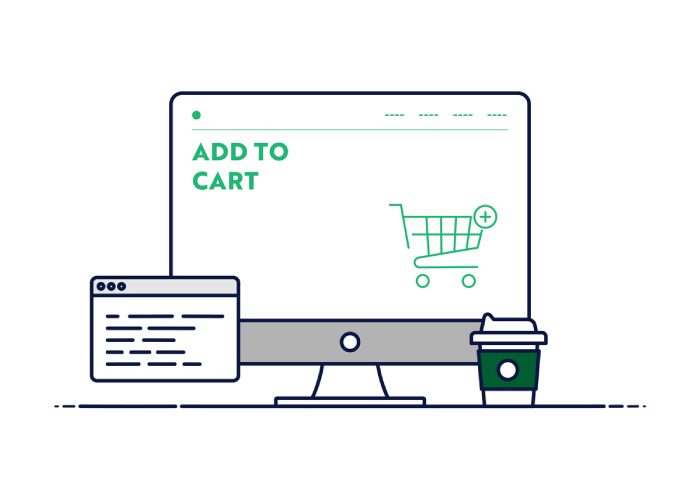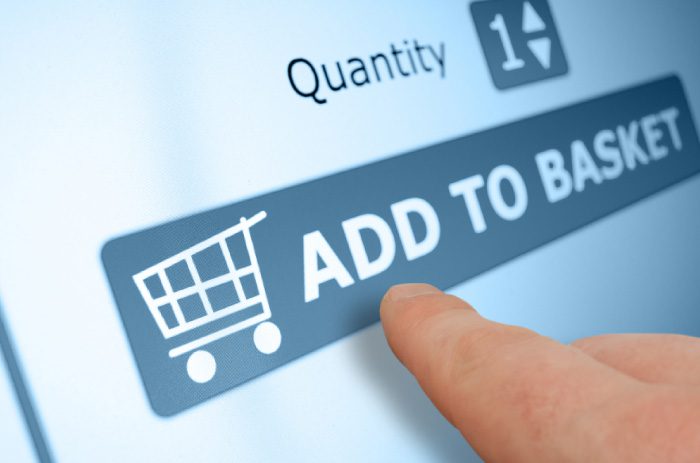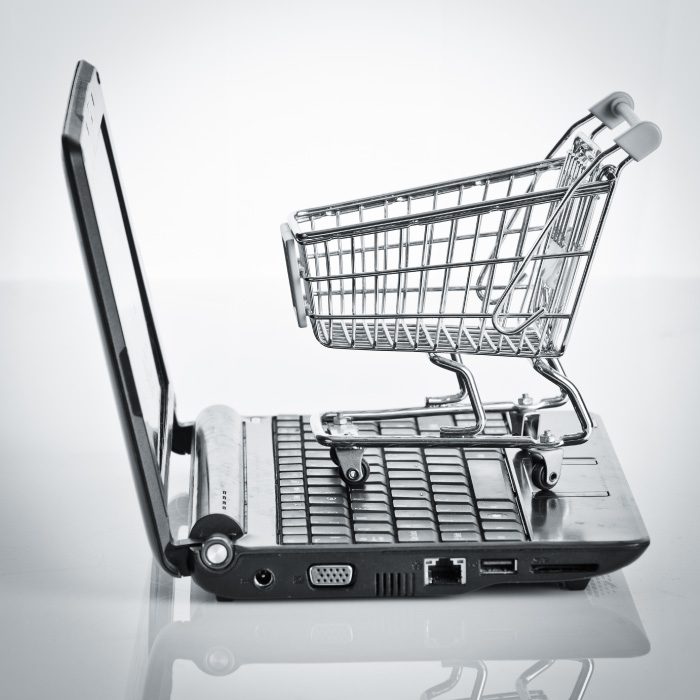Disclosure: This post has affiliate links. I earn a commission at no extra cost to you. I only recommend products I personally believe in. More info on my Privacy Policy page.
How to Increase eCommerce Conversion Rate Fast
Table of Contents

“Written by Anthony Boyatzis an e-Commerce Growth & Profit Strategist and a good friend of mine, Anthony has a wealth of knowledge in his field and has helped many eCommerce clients scale their organisations.”
Guy Tomlinson – SEO CoPilot Ltd
In e-commerce, Conversion is King!
Increasing conversion rate is the top priority of online brands and one of the most important things to get right.
Without conversion, there are no sales, and without sales, there’s less cash flow. Without increasing cash flow, it is impossible to scale an e-commerce business.
You will never reach your revenue goals if you get ample traffic to your online store but don’t convert that traffic into sales. Low conversion rates eventually lead to slow growth and even store failure for many online stores — even stores with a great product and brand.
When Conversion Rate is ‘low’ it causes stress, increases frustration, and impacts many other areas of your business. Have you ever felt that?
So, the lion’s share of the focus will be on increasing the eCommerce conversion rate, which will result in more sales, increase revenue, and speed up growth.
Sometimes, that can be hard to achieve and take a long time. But it doesn’t have to be that way. In this article, I’m going to share what you can do and how to get much better conversion results for your e-commerce store.

3 eCommerce Conversion Problems
There are three main and common problems e-commerce stores face when it comes to conversion;
- A low conversion rate (CR)
Truthfully, those ‘good’ conversion rates (say around 3%) you read about online deliver only average results. Meanwhile, ‘average’ conversion rates, say between 2% and 2.5%, don’t return enough gross profit to enable further investment for growth.
- Everyone wants higher conversions, but not everyone has a strategy.
It’s impossible to increase sales without a system to help you do that. Increasing conversion rates is not a ‘thing’; it’s actually a process.
If you don’t have a framework to test, monitor and measure this process, there’s no solid way to boost and maintain a high conversion rate.
That can be done if the goal is to increase the e-commerce conversion rate to 4%, 5%, or even higher. However, a conversion strategy roadmap is required to maximise that probability. This will help shift the e-commerce conversion rate from where it is now to your target rate faster.
- Most brands only focus on one type of conversion – SALES
Now, you’re probably thinking, ‘What other type of conversion is there?’
Fair question! Yes, sales are super important to an e-commerce business. These are called MACRO conversions. But there are a few other conversions one must know about to get more customers and sales.
They are called micro conversions. These occur along a buyer’s journey. A predetermined pathway that shifts a potential customer from ‘awareness’ to ‘action’. Also known as a sales funnel, the decisions made by a potential buyer along this path are called micro-conversions. There are many! When each step in your funnel aligns with your buyer’s journey, you will see more orders coming through and more often.

Conversion Strategy Impact
So to get more conversions, a conversion strategy must be implemented. Here are a few things that will happen when you do;
- Bounce rates drop, and all four types of abandonment are minimised.
This will keep more traffic on your site for longer and increase the probability of them taking the most wanted response or action. When they do, it moves them along your funnel and one step closer to making a purchase.
- Turn more of the traffic you are already paying to get into leads and customers.
- You capitalize on the most important commodity – Attention
When a customer purchases from you, it’s the one time you have their complete attention. They’re already hot on your product and brand. It’s the one time they want to hear from you. They expect it. So getting this conversion piece right is crucial, as it turns customers into repeat buyers, who spend more often.

3 ‘Must Know’ Things
Ok, so here are three things you need to know;
- The 3-47-50 Rule
For every 100 people that land on an online shop, only 3 of them will buy.
50% of that traffic will never buy. It’s just the way it is. It’s the same for everyone.
That leaves the other 47%. So much attention is given to converting the 3% who are ready to buy that, for the most part, those other 47 out of every 100 visitors to your site are largely ignored.
These guys might not be ready to buy from you right now, but there’s a good chance they will soon. This might happen within three, six, or even 12 months. The key is to put measures in place to give them what they want and plenty of reasons for them to buy from you. Do that, and they will. The impact of this on both conversion rate and total sales is enormous.
- There are two types of conversions to concentrate on – Macro & Micro
A conversion strategy must include both.
The main aim is always to get more orders and more sales. These are Macro-conversions and turn 3% of website traffic who have their credit cards out and are ready to buy into customers.
Micro-conversions convert some of that other 47% of traffic into buyers, and sooner. That will enable you to convert cold traffic into warm leads and others into subscribers and followers. Current data suggests seven touches are needed to turn a cold lead seeing your ad for the first time into a customer. The quicker you do that, the quicker you get the sale and scale.
- Because only 3% of traffic will buy from an online store at any given time, a Conversion Rate of 3% or less suggests key elements are still missing from a conversion process.
3% is now considered average, a baseline from which to build. So, investing time and energy into developing an actual conversion strategy is essential.
Start by mapping one out. Here’s what to do if you don’t know how;
- Draw from your buyer’s journey and the critical touch points in your sales funnel
- Build ways to trigger micro-conversions at specific stops along that pathway, and..
- Be sure to optimize your entire checkout process. This is crucial because 70% of people who add to their cart and land at checkout never buy.

With a proven-to-work conversion strategy in place you can increase eCommerce conversion rate by 0.5%, 1% or 1.5% in a just a couple of weeks.
What’s your conversion rate right now?
What do you want it to be?
If the gap is more significant than 0.2%, it’s a problem worth paying attention to and fixing.
Because conversion rate is directly proportional to sales growth, your sales will increase in line with your Conversion Rate. Let’s say your Conversion Rate is 2.0%, and you bump it up to 3.5%. That’s an improvement of just 1.5% but an increase of 75%. Do that, and you instantly boost sales by a whopping 75%, and that’s with web sessions and average order value staying the same.
If you get more traffic and optimise your product display page to increase average order value, your sales growth will be even higher.
What would your monthly sales look like if they were to increase 75% in the next month or so?
If you’re making monthly sales of $10k, that would increase to $17,500. If you’re making $20k per month, that would increase to $35,000. And if you’re making monthly sales of $50k, that would jump to $87,500 Thus, you’ve created a $1M per year online store.
If you made that happen, what sort of an impact would that have on your business?
What would that mean for you and do for you?
It all starts with implementing a conversion strategy and optimising every step of the process. This will increase the e-commerce conversion rate, increase sales, and help scale an e-commerce brand quickly.
If you’d like to learn more about how to make that happen in your business, click the following link to watch a free training called Why Conversion is King in eCommerce.
Here’s to your success.
Anthony Boyatzis
LinkedIn Profile

